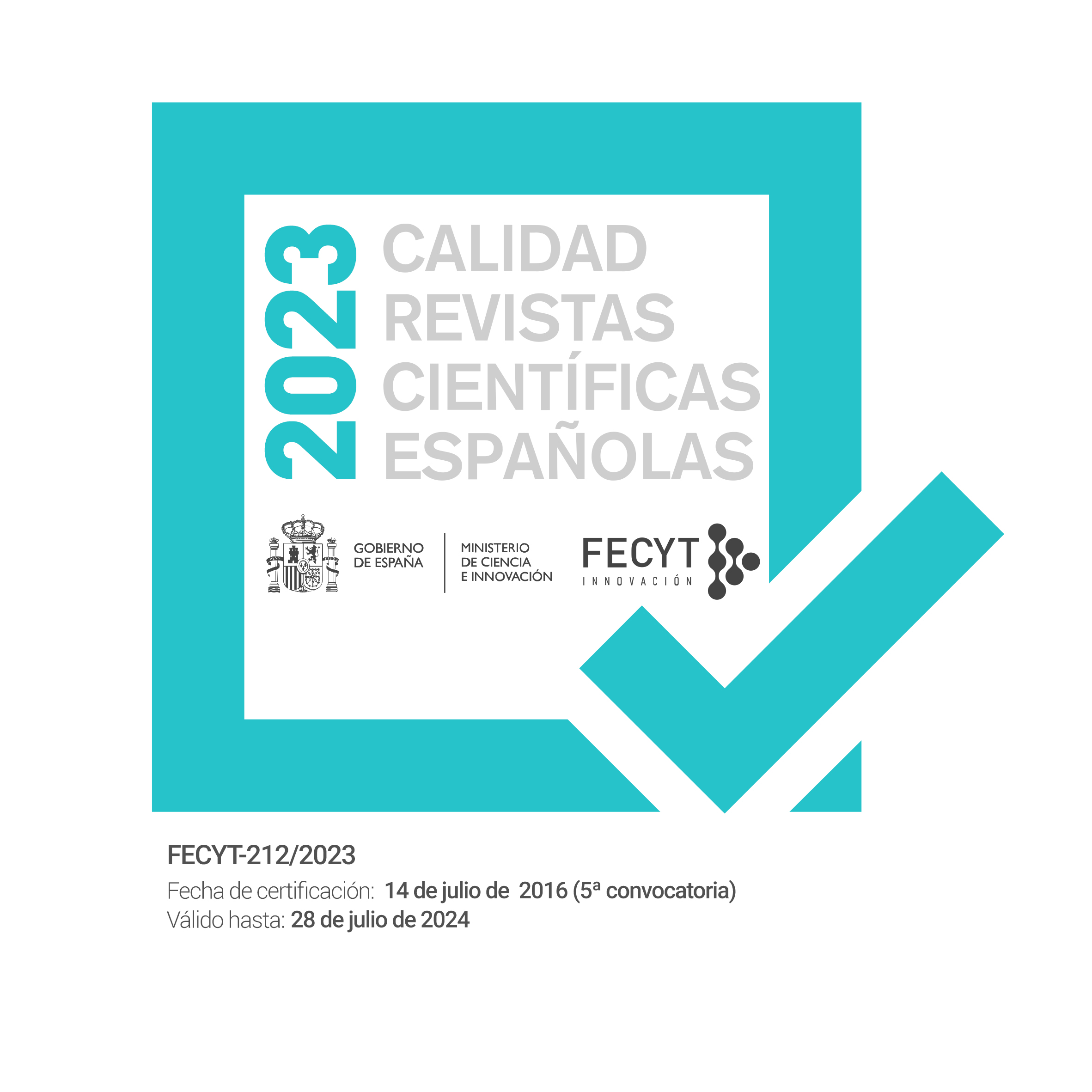El poliorquidismo es una anomalía congénita urológica muy poco frecuente, con menos de cien casos publicados en la literatura mundial. Debe ser tenida en cuenta en todo estudio de masa escrotal. En ocasiones se encuentra asociado a otras entidades urológicas, entre ellas a malignidad, de ahí la importancia de su conocimiento y diagnóstico. Este último se logra confirmar mediante estudios imagenológicos, siendo los más importantes: la ecografía doppler y la resonancia nuclear, que nos permiten un preciso diagnóstico y ayudan a orientar el manejo definitivo. La posibilidad de malignidad en estos testículos supernumerarios (6%), hace que algunos autores consideren en el tratamiento la extracción quirúrgica como única opción, pero reportes recientes indican que pacientes asintomáticos y con estudios imagenológicos normales se pueden observar. Se realiza el reporte de un caso en un paciente de 14 años diagnosticado por clínica e imagenología, del cual reportamos su manejo. Se realiza además una revisión de la literatura actual.
Polyorchidism is an uncommon congenital defect. In fact, less than one hundred cases have been reported in the medical literature worldwide. This problem should be considered in the differential diagnosis of all scrotal masses. It is associated with multiple other urologic entities including malignancy. It is for this reason that it is important to be familiar with potential diagnostic and therapeutic strategies. This diagnosis is usually documented by imaging, specifically doppler ultrasound (US) and magnetic resonance imaging (MRI). The risk of malignancy approaches 6% in Polyorchidism and therefore several authors have advocated surgery as the most appropriate therapeutic approach. However, recent reports suggest that asymptomatic patients with normal imaging could be observed. We present a 14 year old boy with polyorchidism which was diagnosed clinically and confirmed with imaging. His treatment and a review of the literature are presented as well.









